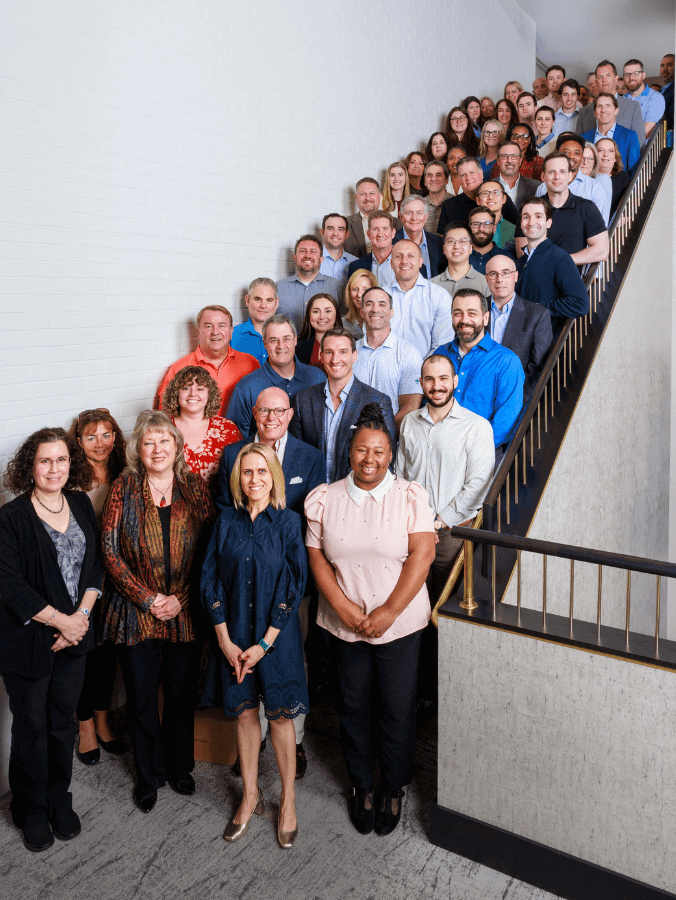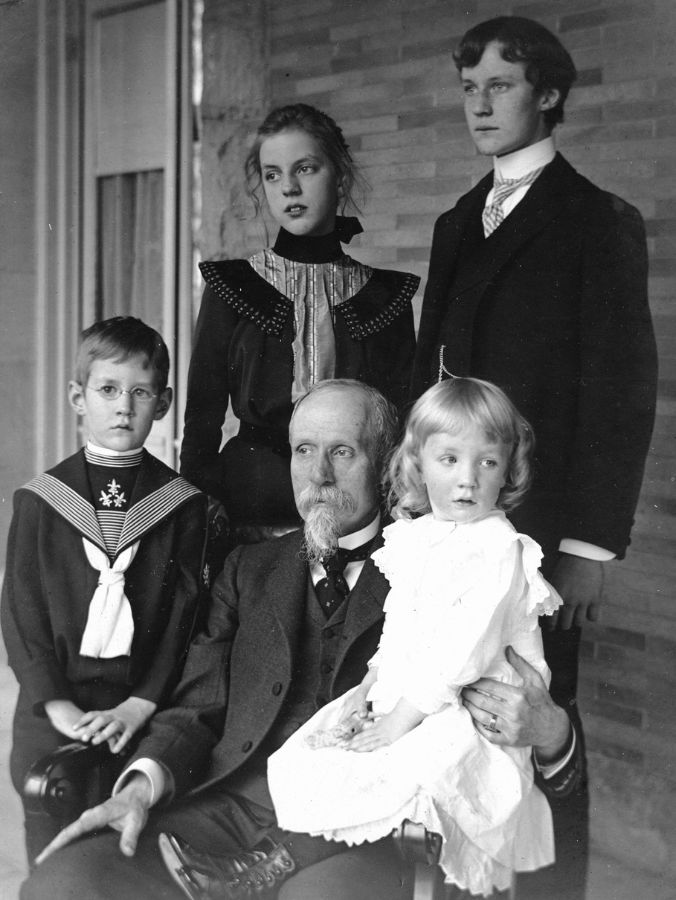-
Who We Are
Who We Are
For the last century, we’ve dedicated ourselves to empowering families like yours to prosper and endure. Like many of the leading families we serve, we have been through our own wealth journey.
Discover Pitcairn -
What We Do
Wealth Momentum®
The families we serve and the relationships we have with them are at the center of everything we do. Our proprietary Wealth Momentum® model harnesses powerful drivers of financial and family dynamics, maximizing the impact that sustains and grows wealth for generations to come.
Explore - Insights & News

When families experience significant liquidity, establishing a single-family office (SFO) often feels like the natural next step. You gain control, privacy, and alignment across generations. It becomes the hub where financial reporting, investments, governance, and family priorities converge. For a time, it can feel like the perfect solution — the culmination of a life’s work expressed in structure.
Families with hundreds of millions under management build lean teams to handle everything from taxes to trust administration. For a while, it works beautifully. The family knows exactly where to turn for answers, and life runs with reassuring rhythm.
But for one family I met, with $650 million in wealth, the cracks had begun to show. They had made their fortune in finance. Their instincts told them to run lean, relying on a single key professional to hold everything together. That one employee became the hub of institutional knowledge — and the glue holding the office intact.
It worked…until it didn’t.
Why Strong Foundations Can Fracture
The very strengths of a single-family office — control, privacy, alignment — can become vulnerabilities if the structure isn’t designed to evolve. Here are some of the key factors that can lead to a breakup.
- Concentration of knowledge: When everything rests on one person, continuity is fragile.
- Limited perspective: One voice can’t capture the full range of governance, tax, technology, and investment best practices.
- Career stagnation: Without room to grow, talented staff lose momentum — or leave.
- Operational fragility: HR, compliance, and CFO functions piled onto one desk leave no margin for error.
Indeed, these risks are far more common than families realize. According to Family Office Exchange, more than 60% of single-family offices operate with fewer than five employees — making continuity and succession planning an ongoing concern.
As I often remind clients, a single-family office is born out of strength, but it can quietly become a point of weakness if left to stand alone.
A Better Path Forward: Shared Strength, Embedded Continuity
Evolving beyond a standalone SFO doesn’t mean starting over. It means stepping into a model that blends the intimacy of your trusted team with the resilience of scale.
At Pitcairn, we often embed a family’s existing employees directly into our shared single family office platform. Families keep the people they know and trust, while those employees gain the resources of a broader ecosystem: best practices, advanced technology, peer collaboration, and operational resilience.
The benefits compound quickly, resulting in:
- Continuity with trusted staff
- Access to collective intelligence and shared expertise
- Career paths and professional development for employees
- Integrated systems for reporting, compliance, and oversight
- Resilient HR and CFO functions no longer resting on one desk
It’s not about losing control. It’s about securing it — for this generation and the next.
From Independence to Evolution
For entrepreneurial families, independence is sacred. But just as businesses outgrow their first structures, families can outgrow their original office model. The real measure of success isn’t how long you hold onto a structure — but how gracefully you evolve it.
That was the realization for the $650 million family. With one employee at the center, the risk was simply too great. By partnering with a multi-family office solution, they preserved what they valued most — trust, privacy, and alignment — while gaining continuity, scale, and peace of mind.
In Conclusion
Coming full circle to this article’s original question: Has your single family office run its course? For some families, the answer is yes. But the right time to ask that question is before the cracks appear and turn into crises — before the single point of knowledge becomes a single point of failure. Because ultimately, the family office isn’t about structure for its own sake. It’s about clarity, security, and confidence. And those only endure when the office itself evolves.
Disclaimer: Pitcairn Wealth Advisors LLC (“PWA”) is a registered investment adviser with its principal place of business in the Commonwealth of Pennsylvania. Registration does not imply a certain level of skill or training. Additional information about PWA, including our registration status, fees, and services is available on the SEC’s website at www.adviserinfo.sec.gov. This material was prepared solely for informational, illustrative, and convenience purposes only and all users should be guided accordingly. All information, opinions, and estimates contained herein are given as of the date hereof and are subject to change without notice. PWA and its affiliates (jointly referred to as “Pitcairn”) do not make any representations as to the accuracy, timeliness, suitability, completeness, or relevance of any information prepared by any unaffiliated third party, whether referenced or incorporated herein, and takes no responsibility thereof. As Pitcairn does not provide legal services, all users are advised to seek the advice of independent legal and tax counsel prior to relying upon or acting upon any information contained herein. The performance numbers displayed to the user may have been adversely or favorably impacted by events and economic conditions that will not prevail in the future. Past investment performance is not indicative of future results. The indices discussed are unmanaged and do not incur management fees, transaction costs, or other expenses associated with investable products. It is not possible to invest directly in an index. Projections are based on models that assume normally distributed outcomes which may not reflect actual experience. Consistent with its obligation to obtain “best execution,” Pitcairn, in exercising its investment discretion over advisory or fiduciary assets in client accounts, may allocate orders for the purchase, sale, or exchange of securities for the account to such brokers and dealers for execution on such markets, at such prices, and at such commission rates as, in the good faith judgment of Pitcairn, will be in the best interest of the account, taking into consideration in the selection of such broker and dealer, not only the available prices and rates of brokerage commissions, but also other relevant factors (such as, without limitation, execution capabilities, products, research or services provided by such brokers or dealers which are expected to provide lawful and appropriate assistance to Pitcairn in the performance of its investment decision making responsibilities). This material should not be regarded as a complete analysis of the subjects discussed. This material is provided for information purposes only and is not an offer to sell or the solicitation of an offer to purchase an interest or any other security or financial instrument.






